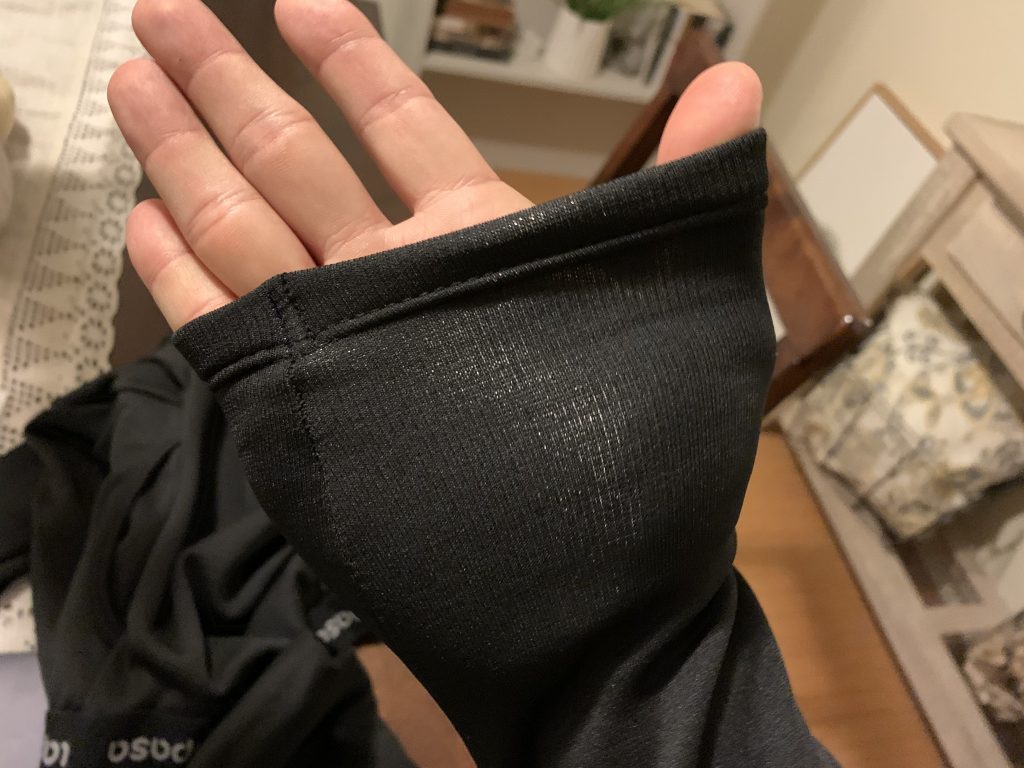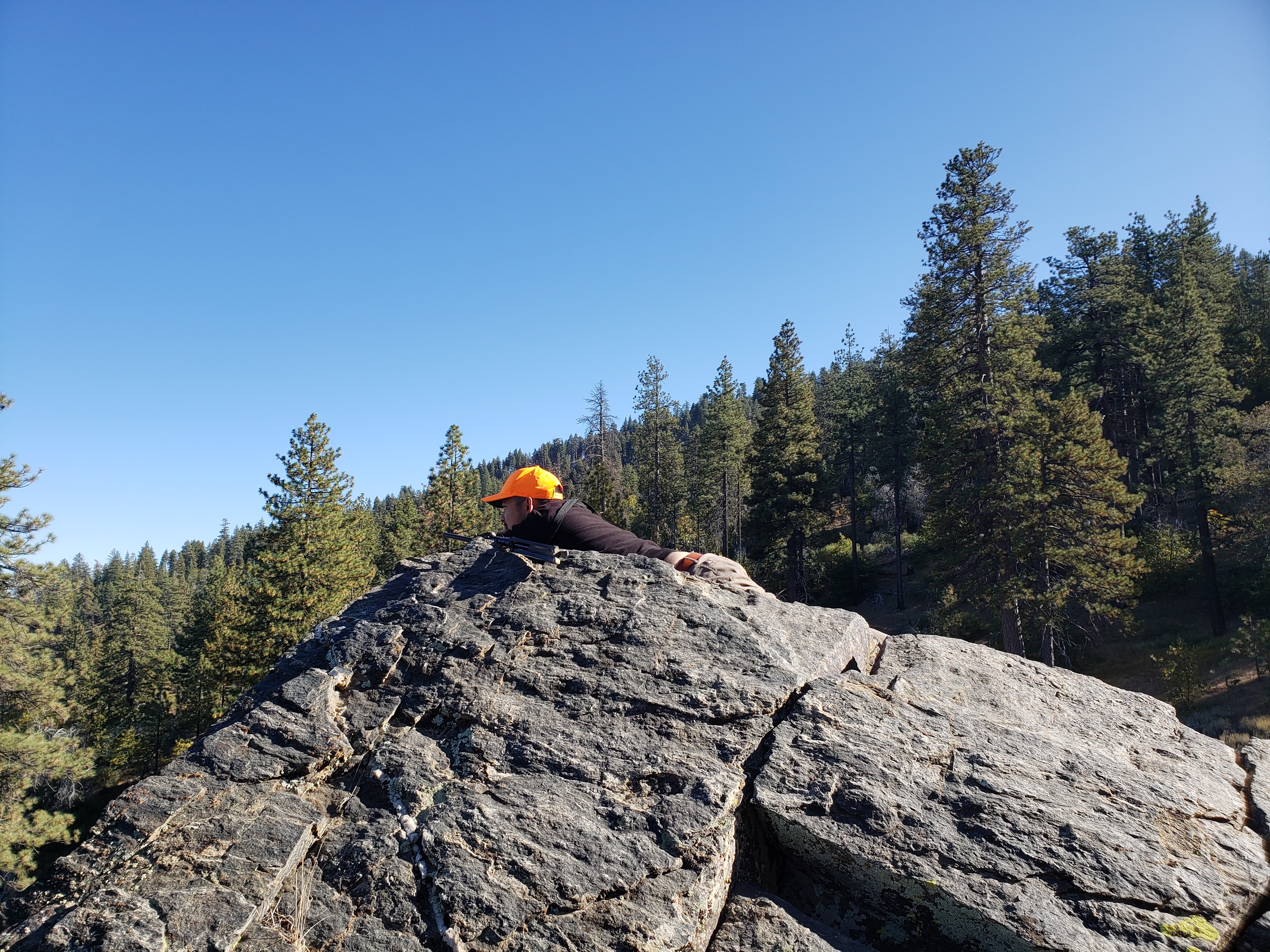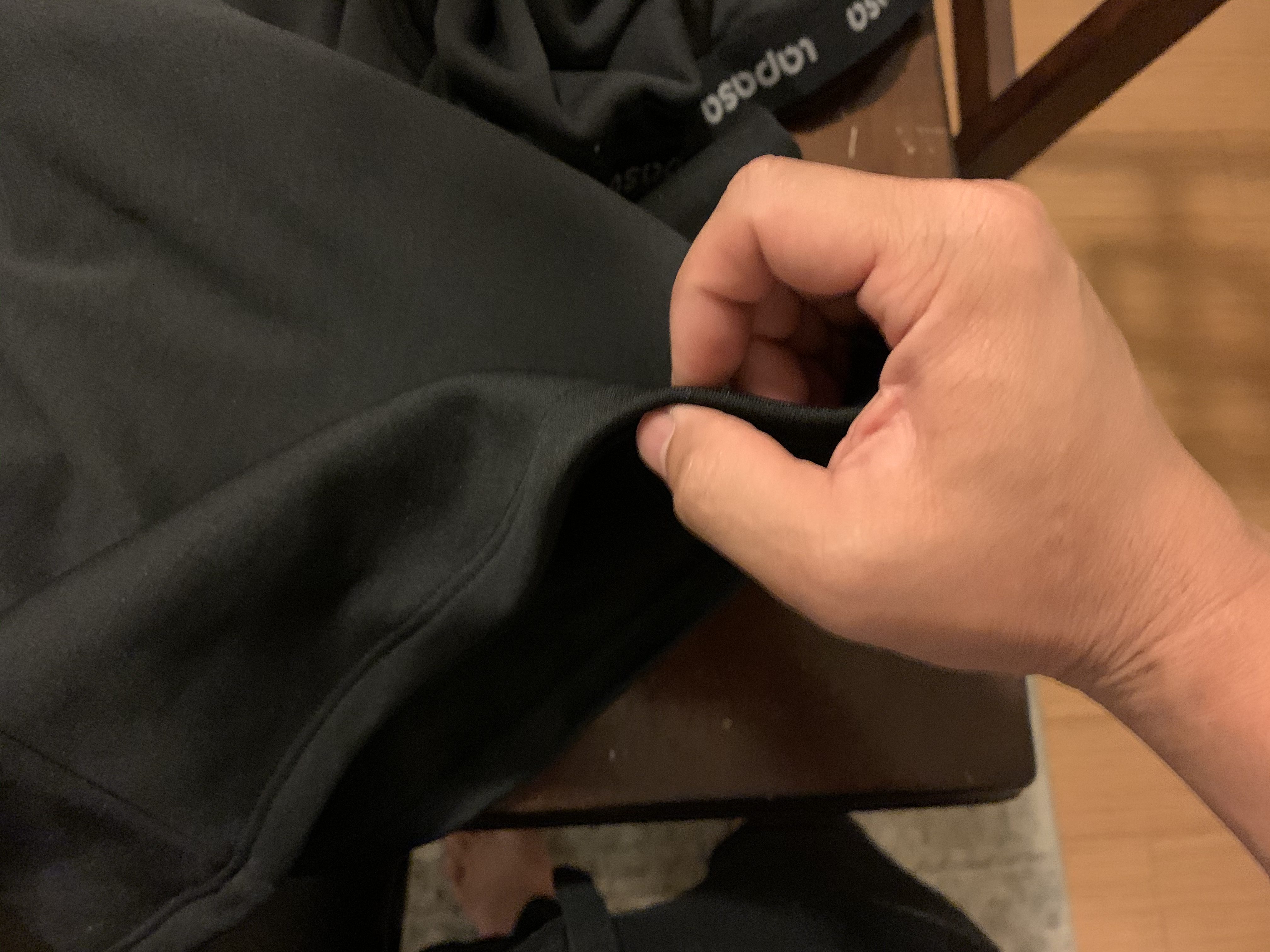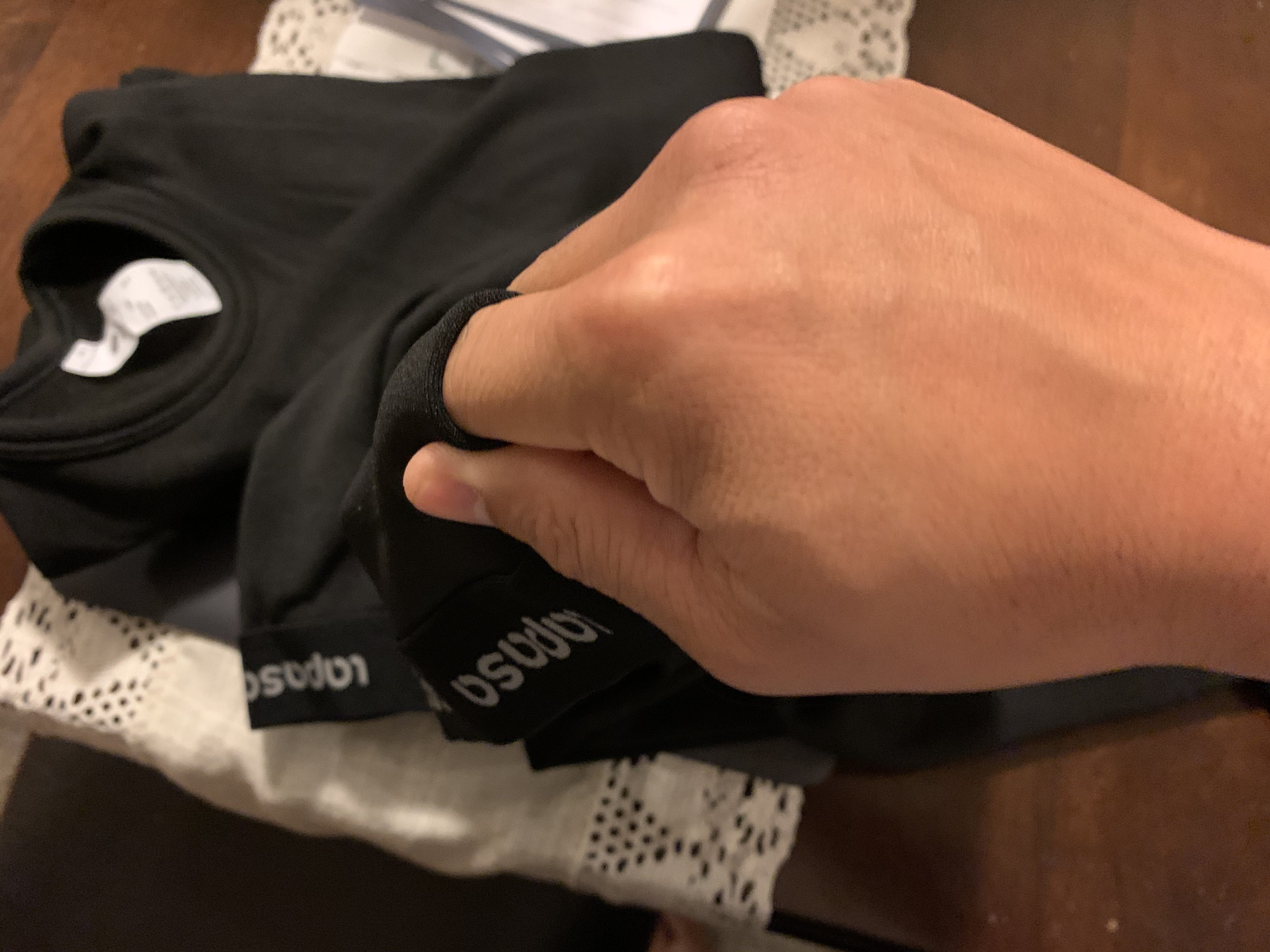
Lapasa Base Layer Review
Last updated on June 3rd, 2024 at 09:24 pm
Someone was aware of the hefty cost they would burden me with when deciding to steal my precious wool base layers. Since this site still can’t pay the monthly cost to feed my dog, I can’t afford the high price tag that is wool garments. I’m here looking for a more cost effective option. I’m looking for something durable, polyester, and fleece lined and acts like wool, but without the price tag. After a bunch of research and scouring of the jungle, I’ve landed on a few sets of LAPASA Thermoflux base layers. LAPASA is a Canadian company that produces high quality polyester base layers at an affordable price point. From my door step to the mountain, here’s my LAPASA base layer review.
LAPASA Base Layers by Temperature
- Best LAPASA base layer for warm to mild weather: Thermoflux 100
- Best LAPASA base layer for mild to cold weather: Thermoflux 200
- Best LAPASA base layer for cold to freezing weather: Thermoflux 300
Why Polyester Base Layers instead of Wool?
Honestly, I didn’t want to pay the wool or merino wool price tag again. I opted to buy a set of polyester base layers to replace my beloved wool set due to cost. I was comfortable “moving down” in quality material because polyester maintained benefits of wool that were important to me.
Whether the weather was cold or icy, my trusty wool base layers of unknown brand kept me warm under layers of everything else on the coldest of adventures. They were my go-to garments, tight, and didn’t smell. All I’ve known before that, however, were the cheap waffle cotton thermals my mother would buy me for Christmas. What I did not know, were products made of Merino wool or Polyester.
Wool Benefits
Certainly, wool has a range of benefits. The natural insulating of wool even when wet is amazing. Even when wet and covered in body stink, it doesn’t really smell. I don’t know the science behind this, but it’s a quality definitely worth mentioning. Mine were not. My wool thermals were old school and felt like wearing a wool sock on your entire body. Merino wool thermals, on the other hand, are soft and stretchy. They don’t itch and aren’t thick to the feel. They cost double.
I wish ill on whoever has taken my dear wool base layers and hope they meet a cruel fate.
Polyester Benefits
Polyester, however, is more durable. It doesn’t have the same anti-microbial (smell-protection) properties as wool, but is quicker drying. I haven’t experienced a polyester base layer while wet personally, but I hear that the warm-when-wet properties are similar. This is due to the ability of both polyester and wool to maintain it’s fiber structure when wet.
Wool or Polyester Base Layers
Due to the low cost and similar ability to stay warm and shed moisture, polyester is a great material as a base layer… On paper.
In my personal, subjective, and totally biased opinion; my precious wool base layers “felt” more natural and just better. They were tighter on my skin and more restrictive than these polyester ones. However, it wasn’t in a bad way. They “felt” more solid than these polyester suits and the natural material felt like they meant more business. The wool ones I had, however, were a pain to take off, and sometimes a two person job.
For my money, I wouldn’t pay for the price of wool again. I’d rather have a few sets of these polyester base layers. Should something disastrously happen to these base layers, I’d not be too upset.

LAPASA Thermoflux 200 Base Layer Review
I bought the midweight base layers before opening day of hunting. Upon scouring the internet for an affordable set of base layers, I landed on this Canadian-based company manufacturing garments in China. The other reviews were decent and while not a bottom-tier provider, they seemed affordable enough.
For my purposes, I would be camping at a high, mountainous elevation amongst the alpine forest. Temperatures would reach 28F at night and reach a high of 62F during the day.
I headed to the forest on a Friday evening after work, wearing work jeans, an undershirt, and a flannel shirt. When reaching our destination just before 9pm and the weather around 38F, I got out of the car and immediately felt cold. I took off my shirt and jeans and put on these midweight polyester base layers. Quickly, I put everything else back on.
In comes my first observation about the LAPASA base layers. The wind chill was no longer a factor. They did a great job at cutting the wind off of my body. Additionally, I layered on a fleece sweater, putting my bottom layers at a 2-count and my top layers at a 3-count. With all of this, a beanie, and gloves, it was still cold enough that standing around outside wasn’t terribly comfortable.
I’d sleep in the truck in a sleeping bag.
When morning came, I found quickly that I had not layered thickly enough. I should have had another layer on for the high 20s that I was sitting still in, with wind. While it was chilly, it wasn’t unbearable. There were points where I was shivering. A step into the sunshine fixed that. The rest of the day was totally fine and I was not too hot nor too cold.
Throughout the day of hunting, even with highs in the 60s, I only shed my orange hunting vest. I imagine with the heavyweight base layers, I could potentially shed an outer layer to regulate temperature just fine.
LAPASA Thermoflux 300 for the WIN-ter
As someone who’s less tolerant to cold weather, I’ve since returned the midweight base layers and traded them for the LAPASA Thermoflux 300s. The fit and finish is equally good as the 200s, but the fleece lining is much fluffier. The garments feel thicker and remind me of a very thin pair of sweatpants and a sweatshirt. They look to be much more winter-ready.
Having now experienced these both in the cold of night and heat of day, I can say I’m much happier. Even in sunny mild weather, the 300s didn’t feel too hot without an outer layer.
Updating this a few years later, I forgot I had owned wool base layers at one point. If you’re saving up for wool base layers, I’d make a strong recommendation on reconsidering. These Thermoflux 300s are perfectly useful as temperature management and allow you to spend your precious loot on other gear.

